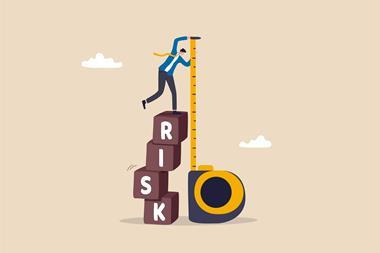How much should you spend in order to save? There is always a limit to the expenses and effort that it is worth putting into risk engineering, so decisions on implementing relevant actions may be reduced to a costs and benefit analysis, said Maurizio Castelli, director of group risk management, Pirelli, in yesterday's workshop session - "Market uncertainties: excellence in risk engineering and loss prevention is the answer". Costs were both direct (capital investments, manpower and materials for instituting and maintaining the process) and indirect (slowing of processes while installation took place,
interference with normal activities and possible disputes with trade unions). Direct benefits would be savings on insurance premiums, tax savings and other 'institutional' incentives, while indirect benefits could include reduction of frequency/magnitude of non-insured and insurable losses, a contingent reduction of premiums in policies with a profit-sharing element, and 'softer' benefits in terms of productivity, trade unions relations, public relations and image in the marketplace. Castelli described what Pirelli had achieved by its global property loss prevention programme.
At the same workshop, Martin Fessey, vice president, international operations, FM Global, gave a risk engineering perspective of underwriting. He said that there were two views. One was that all losses were inevitable based on an actuarial approach, focusing on past loss experience and assuming that what had happened would probably happen again. The other view - the risk engineering approach - was that most losses were preventable, that what had happened should not happen again; the focus was on future loss exposures. It depended whether you thought that the past dictated the future or that the future could be changed. However, Fessey was able to point to major loss incidents in recent years where engineering solutions could have minimised losses. He said that a risk engineering perspective gave confidence to both insurers and clients in terms of risk information and quality, loss experience, retentions, transfer and control.

















